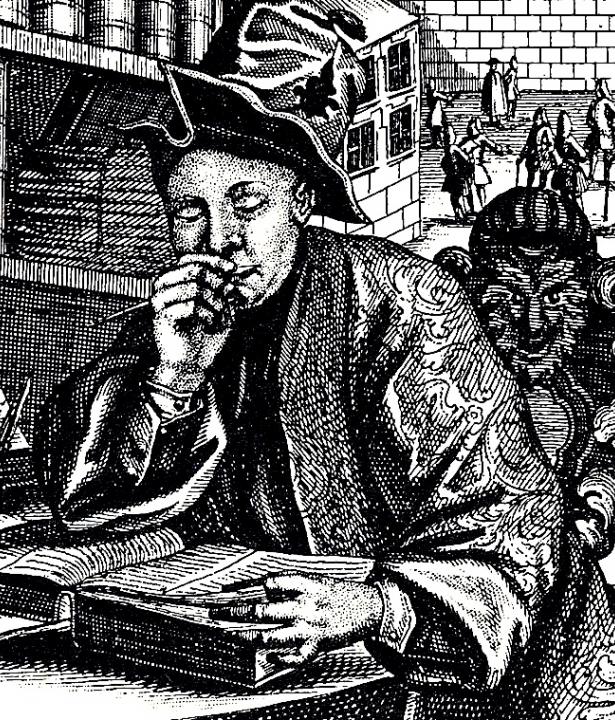Is there such a thing as a Jewish national language and if so, what is it? Yiddish, Hebrew or both? The research project, which is being developed in cooperation with the Bukovina Institute, is dedicated to the question of the Jewish language and brings together a number of research discourses.
Text
In the fall of 1908, the participants of the first international Yiddish language conference in Czernowitz – including a small number of women – decided to declare Yiddish a national language of the Jews. This moment has since been considered an important breakthrough for the development of Yiddish. That declaration also had a major impact on the questions that arose in Austria-Hungary and its neighboring states at the beginning of the 20th century, namely: Were the Jews a nation? Did they possess one or more national languages? Was there a Jewish national literature, and if so, in what language(s) was it written?
The question of Jewish language(s) and literature(s) has been discussed in Yiddish as well as in Hebrew, German, and numerous other languages of Europe. The aim of the project is to bring together the discourses around national (Jewish) languages in early 20th-century Europe, which have mostly been considered separately in research. This new, interdisciplinary look at an event in the Bukovina capital of Czernowitz also makes it possible to trace the interaction of Yiddish and German-speaking intellectuals in the organization of the conference. Central arguments and ideas in the debate also testify to a lively exchange of ideas across language barriers. In the literatures, the multilingualism of Austria-Hungary not only provides a contemporary and local color and atmosphere, but is also a central theme that runs through the various languages and literary genres. A special focus of the project is on the German and Yiddish-language literary works of female authors who are underrepresented in public debates, but who position themselves in a variety of ways in their literary works and in this way write themselves into the discourses.
Externe Links
External Image





